Ever taken a bite of your favorite fast food only to stop mid-chew and think, “Wait… this tastes different”? You’re not crazy — you’ve just been hit with the silent switcheroo.
Restaurant chains love to tweak their recipes behind the scenes. Sometimes it’s to keep up with health trends, cut costs, or “modernize” the flavor. Other times it’s part of a full-blown reinvention (usually after the internet drags them through the fryer).
But here’s the thing — we notice. We always notice. Whether it’s a subtle sauce change or a total crust comeback, our taste buds don’t lie.
1. Domino’s Pizza

Back in 2009, Domino’s Pizza shook the pizza world with a complete recipe revamp. The old version? Often ridiculed as tasting like cardboard. But then, they introduced a more garlicky crust that had taste buds tingling.
This was paired with a richer tomato sauce, and gooier cheese, transforming their pies into a sensation.
Suddenly, Domino’s wasn’t just the convenient choice; it was the cool one. This overhaul didn’t just change the taste; it changed the brand’s entire image. It was bold, daring, and a gamble that paid off, rebranding their reputation from bland to beloved.
The transformation was so noticeable that even casual pizza fans couldn’t help but take a second slice. Those who once scoffed at the chain found themselves surprisingly impressed, marking a turning point in fast-food pizza history.
2. McDonald’s

In 2015, McDonald’s fans experienced an unexpected jolt of nostalgia when the chain swapped margarine for real butter in its breakfast items.
Suddenly, Egg McMuffins tasted richer and more authentic, delighting taste buds with each bite. This move was a nod to authenticity, making meals feel a touch more homemade.
The switch may have seemed subtle at first, but those with discerning palates certainly noticed the upgrade. The buttery richness added a layer of indulgence, making breakfast a little more luxurious. It wasn’t just about taste; it was about restoring a sense of quality.
For those who grew up with McDonald’s breakfasts, this change was a delightful return to form, reviving memories while introducing a new generation to a taste of the past. A simple change that brought back big flavor.
3. Subway
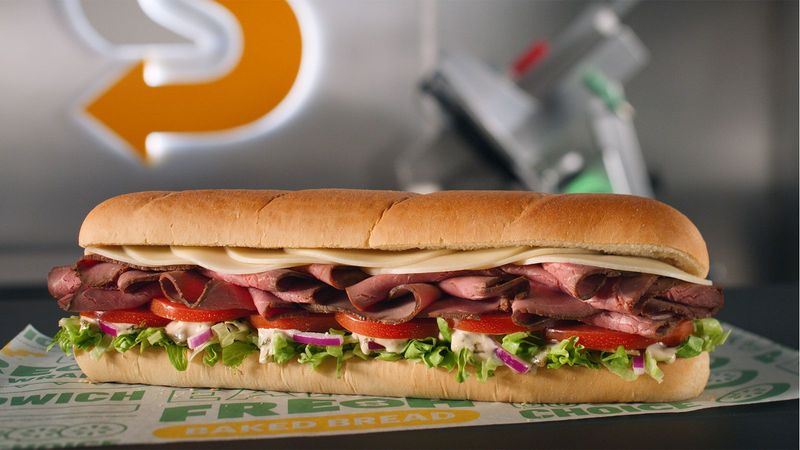
In 2023, Subway made a bold move by rolling out freshly sliced meats, aiming to bring deli authenticity to their sandwiches. Customers had long grumbled about rubbery or processed meats, and this change was a direct response to those concerns.
With slicers now in stores, sandwiches began to taste closer to those from local delis. The meats had an improved texture, and the overall sandwich experience felt elevated. Some purists, however, argued that it still lacked that truly fresh feel.
Nevertheless, this transformation was a step towards quality that many long-time fans appreciated. The new approach invited a fresh wave of customers eager to see what the fuss was about, igniting debates over the best way to achieve sandwich perfection.
4. Taco Bell
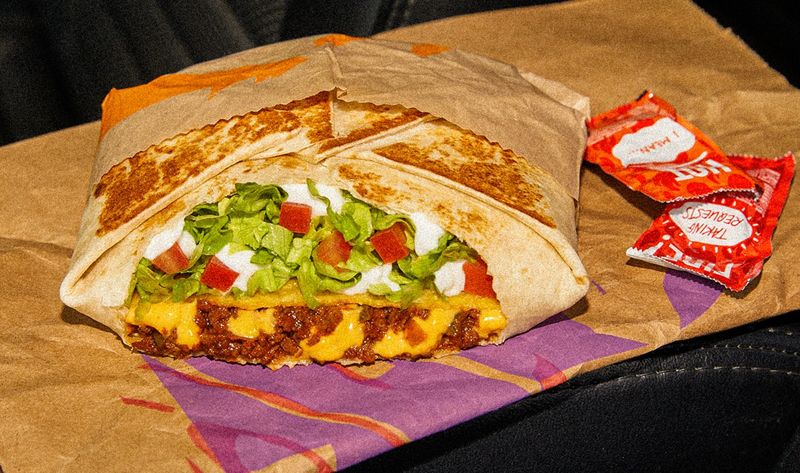
Taco Bell, known for its inventive approach to fast food, decided to reformulate their seasoned beef in 2020. After years of whispers about fillers, they opted for transparency, including fewer artificial ingredients in their beef.
Fans were intrigued, and while the flavor was slightly toned down, the quality was undeniably improved. Some loyal customers missed the punch of the old recipe, but others embraced the change, appreciating the more natural taste.
This shift represented Taco Bell’s commitment to catering to health-conscious consumers while maintaining its quirky brand identity. It wasn’t just a tweak; it was a bold step into a new culinary era for the chain, balancing tradition with modern demands.
5. KFC
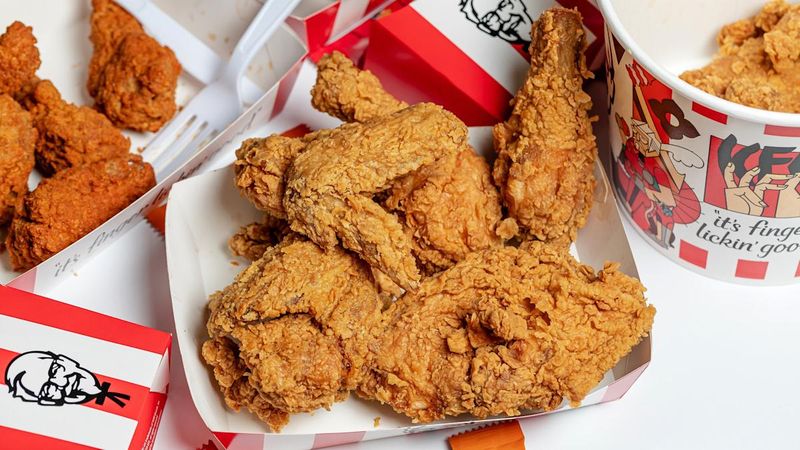
KFC made a significant change in the mid-2000s when they switched to trans-fat-free cooking oil. The move was part of a broader effort to promote healthier eating, but it came with a cost.
Many loyal KFC fans immediately noticed a difference in the chicken’s texture. The famously crispy skin wasn’t as crunchy, and some claimed the flavor had dulled. This health-focused shift was met with mixed reviews.
While some praised KFC for considering customer health, others yearned for the original recipe’s full-bodied taste. This change highlighted the constant struggle between maintaining iconic flavors and adapting to health trends, sparking debates over what makes the perfect fried chicken.
6. Chick-fil-A
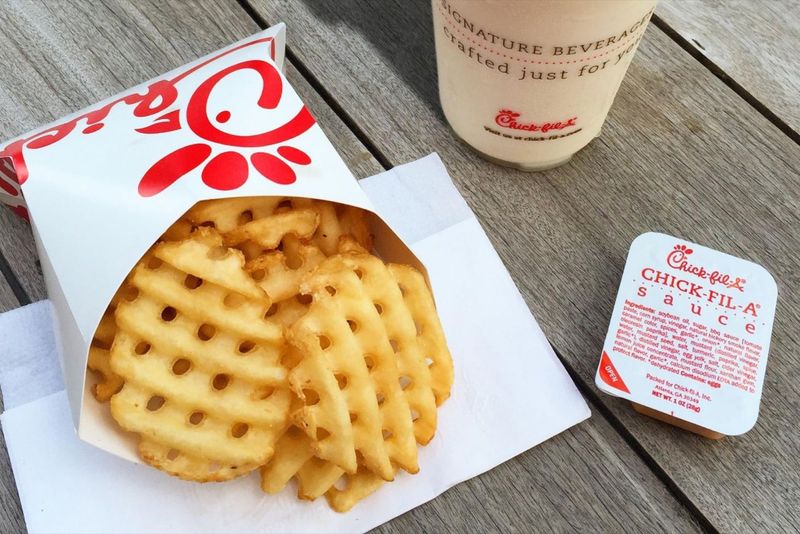
Chick-fil-A stirred the pot when it phased out pressure-cooked peanut oil in favor of a canola oil blend. While the chain assured fans the flavor remained unchanged, some die-hard enthusiasts begged to differ.
The distinctive crispy bite that many adored seemed slightly altered, sparking conversations among regulars. Some claimed the texture wasn’t as delightful, while others accepted it without a fuss.
This change was part of the company’s effort to accommodate those with peanut allergies, ensuring their brand was inclusive. For many, it was a small price to pay for broader accessibility, even if it meant a slight sacrifice in that nostalgic crunch.
7. IHOP

IHOP’s pancakes have been a breakfast staple, and recent years saw a subtle recipe change that didn’t go unnoticed. The flapjacks became fluffier and a tad sweeter, delighting newcomers but leaving some long-time patrons nostalgic for the denser original.
These new pancakes seemed to capture the morning light, inviting diners into a comforting embrace. For those who cherished the former buttery version, the change sparked a bittersweet wave of nostalgia.
While some embraced the upgrade as a modern twist, others reminisced about the past, yearning for the simplicity of yesteryear. This quiet shift underscores the balance between innovation and tradition in the culinary world.
8. Chipotle
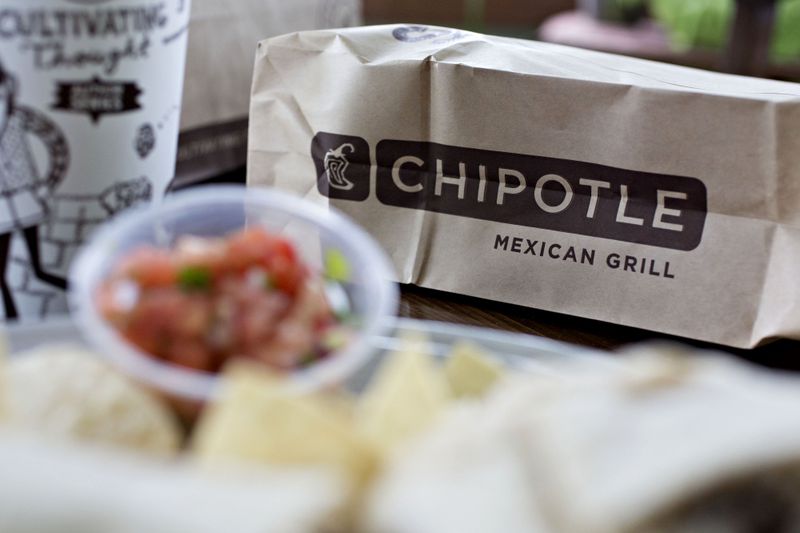
In an era where clean eating is king, Chipotle updated its tortilla recipe, waving goodbye to preservatives. This move aligned with their ‘food with integrity’ motto, making burritos taste more natural.
Fans noticed the tortillas were slightly less chewy, trading off some texture for a more wholesome feel. It was a trade-off that divided opinions, with clean eaters applauding and others reminiscing about the past chewiness.
This change reflected Chipotle’s commitment to transparency and health, reinforcing its image as a leader in ethical fast food. It was a taste evolution that echoed the brand’s roots, striving to please both new and loyal customers.
9. Panera Bread
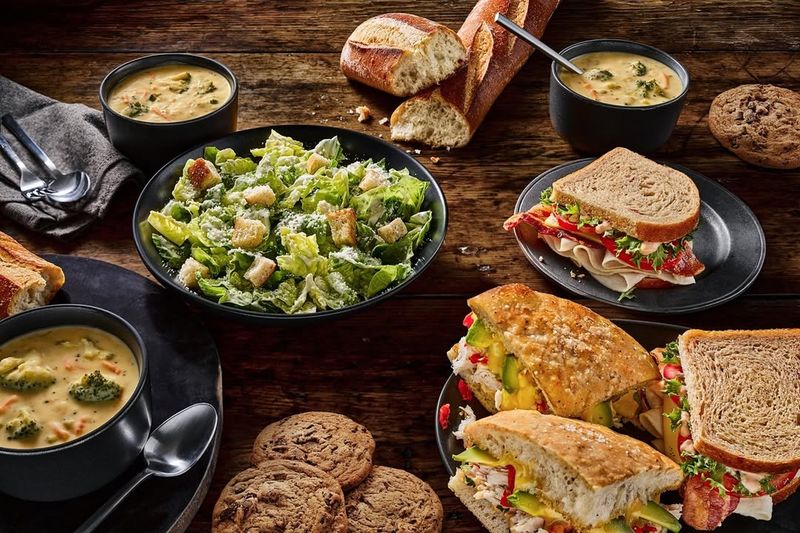
Panera Bread’s commitment to a ‘clean’ menu was evident when they eliminated artificial additives in 2017. The overhaul promised healthier options, but some regulars couldn’t help but notice changes in flavor.
Dishes like soups and salad dressings became subtler, with less of the familiar salty punch. The transition was a nod to health-conscious diners, embracing subtlety over boldness.
While some praised the new direction, others missed the flavorful kick of the past. This shift highlighted Panera’s dedication to health trends, though it might have cost them some flavor enthusiasts. It was a thoughtful change, sparking a dialogue on balancing health with taste.
Leave a comment